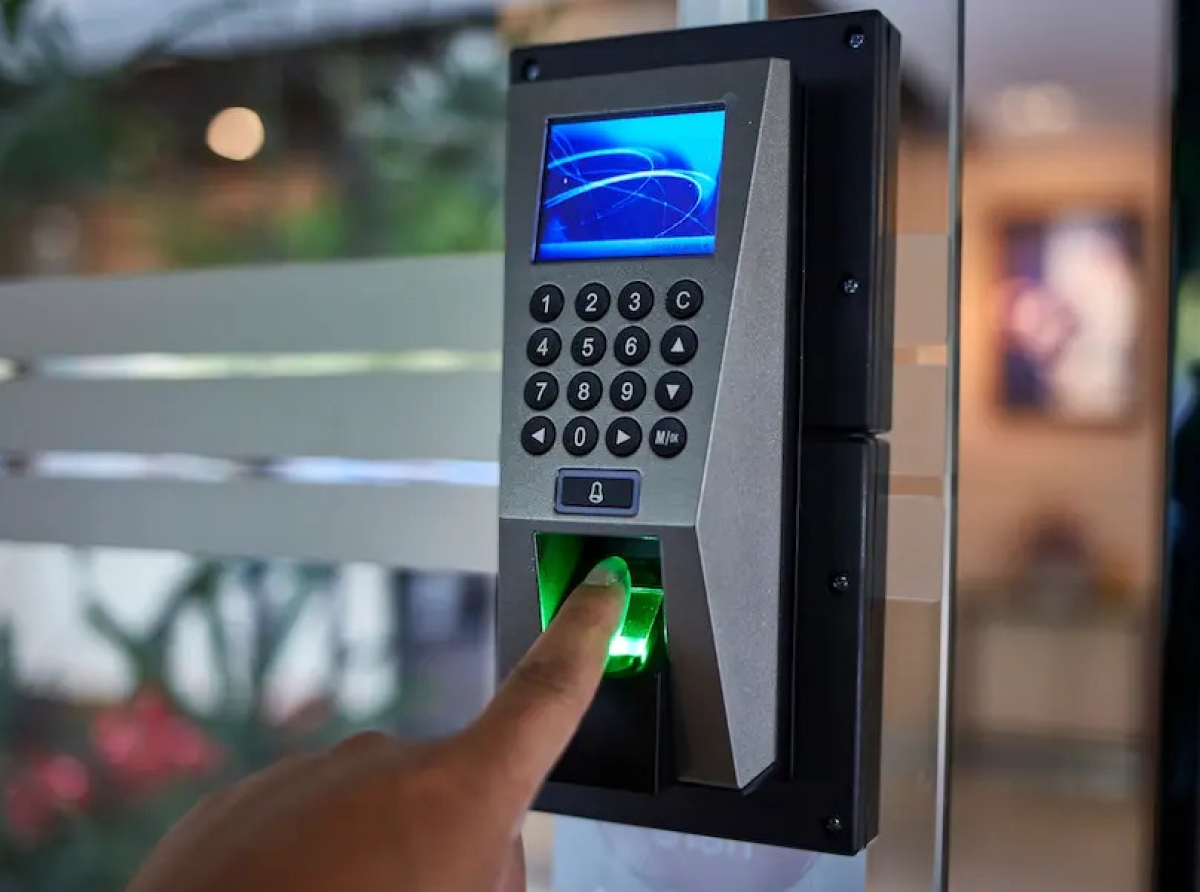Cut Operational Costs with Smarter Access Control Solutions

When you think about business security, locks probably aren’t the first thing that comes to mind. But they should be. Especially if you’re running a company that spans multiple locations, or even just one busy office.
Traditional key systems come with problems — some obvious, while others are hidden in plain sight.
Lost keys, lock replacements, access confusion. These things don’t just cause headaches. They cost real money, and that’s where digital access control steps in, not just as a security upgrade, but as a practical way to streamline daily operations and reduce wasted resources.
Physical Key Management
A physical key seems cheap until it goes missing. Then comes the locksmith, the new cylinder, maybe ten more keys to distribute. All that for one mistake.
Take this a step further: say you manage an apartment complex or a corporate building. Now you’re dealing with dozens, even hundreds of locks. If a tenant moves out and forgets to return the key, what do you do?
Most likely, change the lock. Multiply that by every turnover, every year, and you’re burning through the budget without even noticing.
Manual key tracking
Manual key tracking brings its own set of problems.
- Who has access to what?
- Has someone duplicated a key?
- Is there a spreadsheet, or is it just in memory?
It’s a system waiting to fail. But with digital access control, you’re liberated from this tedious task, allowing you to focus on more strategic aspects of your business.
Digital Locks – A Simpler Way
Digital locks alleviate a significant portion of the stress associated with managing physical keys. There’s no physical key to lose, no rekeying required when someone moves on, and no need to swap out entire lock systems just because one person’s access needs to change.
With digital locks, you can grant or revoke access instantly, all with a few clicks from a centralized system. It’s clean, efficient, and far more secure, giving you a sense of ease and control over your security measures.
Scenario
Imagine a logistics company with warehouses in three different cities. In the past, they would have had to issue physical keys or swipe cards for every single door, track who had them, and chase them down when someone left the premises. Now, they manage everything remotely.
A new hire comes on board, and their digital access is issued in seconds, limited to only the doors and hours they need. Maybe it’s just for the week, and only between 8 a.m. and 6 p.m. That access expires automatically after their shift ends on Friday evening.
No follow-up, no manual updates, no awkward conversations. The system takes care of it. It’s safer, smarter, and saves time for both management and staff.
1. Better Visibility, Smarter Use
The best digital systems go beyond just locking and unlocking. They keep track. You know who entered where and when. That means better oversight, fewer questions, and quicker responses when something goes wrong.
With smart locks, it becomes easy to manage access across complex environments, giving you a sense of reassurance and security.
Scenario
Take a university campus. Students, faculty, and maintenance personnel all move in and out of different buildings at various times. With digital access, a lab can be open to a professor from 8 to 6, then accessible only to cleaning staff at night. There’s no room for error. And no room for abuse.
2. Less Maintenance, Fewer Problems
Many of the newer systems don’t even use batteries in the locks themselves. Some power up using the key device, while others rely on energy harvesting. Either way, it means one less thing to monitor, recharge, or replace.
Example
A housing co-op in Finland switched to this kind of setup after years of managing traditional electronic locks. Before the change, they had teams going out twice a year to check battery levels on every unit—sometimes in snowstorms —to replace a single dying cell.
It wasn’t just time-consuming; it was frustrating and inefficient. Since upgrading to battery-free systems, that entire task has been eliminated. They’re saving time, reducing maintenance calls, cutting unnecessary labor costs, and avoiding security downtime.
Residents have also noticed the difference, with no more doors that suddenly stop responding or access delays due to low power.
3. Built to Grow
One of the often overlooked perks of going digital is how effortlessly it scales.
New door? New user? Simply add them to the system with just a few clicks. You don’t need to rewire the building, install new physical infrastructure, or swap out existing hardware. It’s all managed through a central dashboard.
Scenario
Think of a coworking space expanding across three cities, each with its own floor plan, staff, and security needs.
With a digital setup, they don’t need to send physical keys by mail, worry about courier delays, or hire local technicians to program access cards. A tenant signs up online, and their access credentials are generated and activated remotely, often within minutes.
Whether it’s a single desk in Helsinki or an entire floor in Tallinn, the experience is consistent and streamlined. That is the kind of speed, convenience, and operational agility today’s businesses not only want but increasingly depend on to stay competitive.
Final Word
Cutting costs doesn’t always mean cutting corners. Sometimes, it’s about seeing the systems that quietly eat into your budget and fixing them.
Digital locks aren’t just about safety. They’re about working smarter. Saving money. Staying agile. And staying in control. In a competitive space, every bit of efficiency helps. And when your access control system does more than just open doors, you’re already a step ahead.

 En
En  Fr
Fr  Ar
Ar 




